Bring the Funk: Stinky Cheese + Wine at Paste & Rind
Discover how to pair wine with bold, washed rind cheeses in this recap of a D.C. tasting class at Paste & Rind. Featuring expert tips, fun facts, and four perfect pairings.
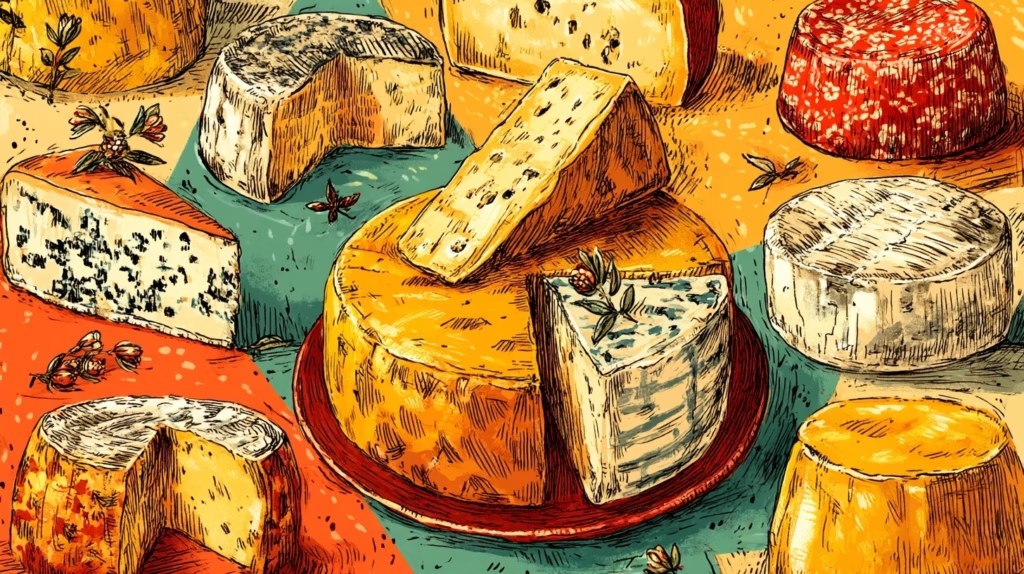
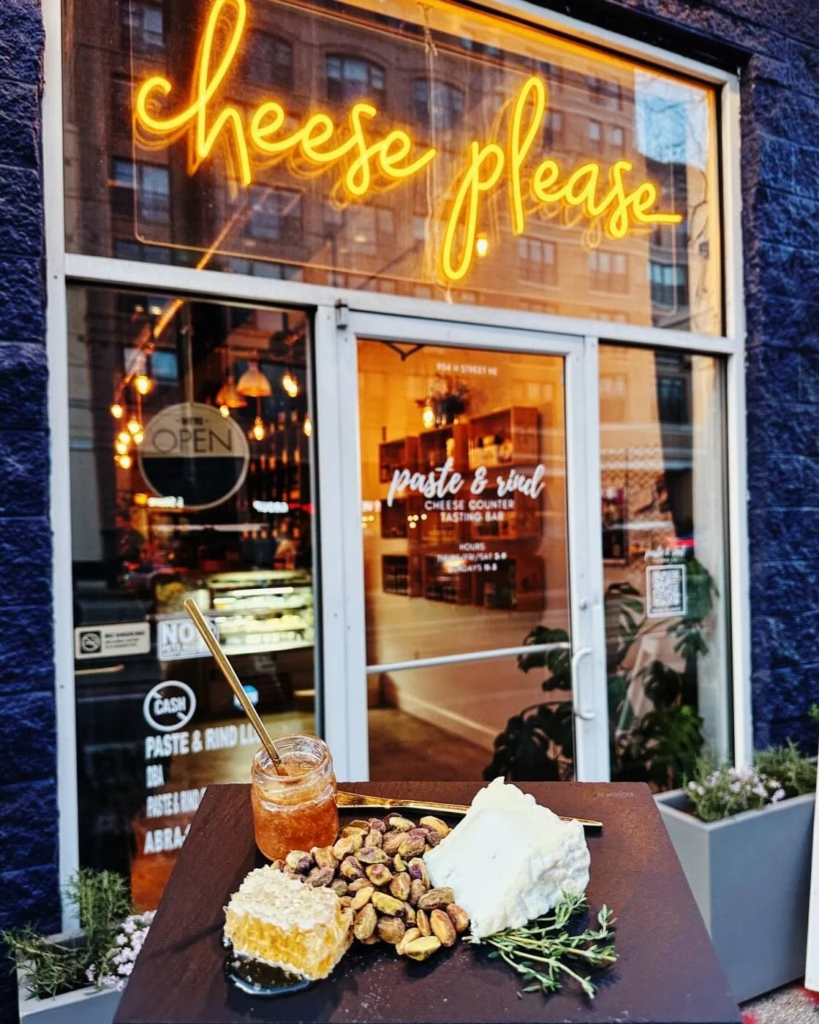
Nestled in the heart of Washington, D.C.’s H Street Corridor, Paste & Rind Cheese Co. (recognizable by its neon “cheese please” sign) is a cut-to-order cheese shop turned wine bar that celebrates American artisan cheese at its finest. Whether you’re a member of their “Trolley Club,” grabbing a glass at the bar, or settling in for a class, it’s the kind of spot where cheese nerds and oenophiles unite in pursuit of the magic that happens when milk, microbes, and a good bottle of wine come together.
🗺️ Local Tip: Served with marcona almonds and a perfectly crunchy sliced french baguette, Paste & Rind’s “cheese roulette” (think “bartender’s choice, but for cheese) has yet to disappoint.
Just take last night’s class focused on washed rind cheeses and wine pairings, where we tasted four funk-forward cheeses and explored how the right bottle can elevate even the stinkiest of smelly cheeses into something elegant.
What is that smell? An ode to stinky cheese
Washed rind cheeses are known for their strong aromas, orange-hued rinds, and bold, savory flavors—but there’s more going on behind the funk.

These cheeses are “washed” during the aging process in a brine or alcohol solution—think salted water, wine, beer, or cider. The washing process creates a moist surface environment that encourages the growth of Brevibacterium linens, a bacteria responsible for the cheese’s distinctive reddish-orange rind, rich umami notes, and, yes, its signature, stinky scent.
The tradition of washing cheese rinds is thought to have originated in medieval European monasteries, where monks produced cheese both for sustenance and sale. These early cheesemakers often aged wheels in humid caves and cellars, washing them with beer or wine to keep unwanted molds at bay and promote the development of beneficial bacteria. The result? Cheeses that were not only longer-lasting but also packed with robust, savory flavors. Iconic monastic-style cheeses like Époisses, Taleggio, and Limburger all trace their roots to this time-honored technique.
The style spans a wide range of textures and milk types—from soft, custardy wheels like Willoughby to firm, cider-washed cheeses like Lady Slipper. Despite its monastic roots, washed rinds have been enthusiastically embraced by American makers, who bring regional character and creativity to the style.
Despite their stinky reputation, many washed rind cheeses are far more approachable on the palate than they are on the nose—creamy, meaty, and packed with flavor. And when paired with the right wine, that richness finds balance and lift.
Taming of the Rind: Pairing Wine with Washed Rind Cheeses
Washed rind cheeses tend to be salty, rich, and savory, so the goal with wine pairing is to bring contrast and refreshment. Bright acidity, bubbles, and juicy fruit notes can lift the funk and create balance. Avoid wines that are too oaky or tannic—they can clash with the cheese’s intensity or exaggerate bitter flavors. Instead, think crisp whites, juicy reds, and dry sparkling wines that can hold their own while keeping things lively.
Jasper Hill Farm “Willoughby” + Rolfshark Lambrusco di Sorbara
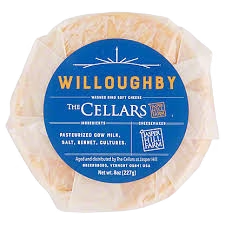
This soft cow’s milk cheese from Vermont is washed in brine and develops a tender, custardy center with savory notes of onions, mushroom, and beef. The pairing with Lambrusco di Sorbara—perhaps my favorite of the bunch—was inspired: the wine’s dry sparkle and tart red fruit flavors (including cherry Starburst notes) cut through the richness, while its chalky undertones echoed the cheese’s savory depth.
🧀 Fun Fact: Did you know cheeses can face extinction, and be brought back from it? Willoughby was originally created by Marisa Mauro of Ploughgate Creamery. After a creamery fire in 2011 halted production, Jasper Hill resurrected the recipe with her blessing and has continued to refine it ever since.
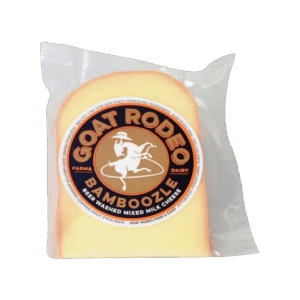
Goat Rodeo “Bamboozle” + Ten Sisters Sauvignon Blanc 2023
Now for my favorite cheese of the lot—a mixed milk cheese (goat and cow) washed in beer, Bamboozle has a semi-firm texture and a nutty, tangy flavor. The 2023 Sauvignon Blanc from New Zealand’s Ten Sisters brought zesty acidity and green apple and grass notes, with just a hint of jalapeño, that refreshed the palate and amplified the cheese’s brightness without overwhelming it.
Meadow Creek “Grayson” + Langenwalter Riesling 2022
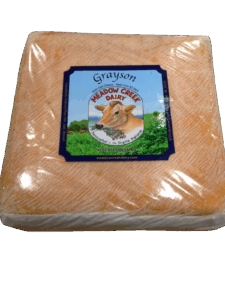
Grayson, the stinkiest cheese of the lot, is unapologetically funky, with a savory, meaty character and a semi-soft texture. The touch of sweetness and zingy acidity in the Langenwalter Riesling (from Germany’s Pfalz region) played beautifully against the cheese’s intensity. The wine’s juicy yellow apple and tropical fruit notes offered contrast, while its crisp finish kept the pairing clean and focused.
Valley Milk House “Lady Slipper” + Les Darons Red Blend
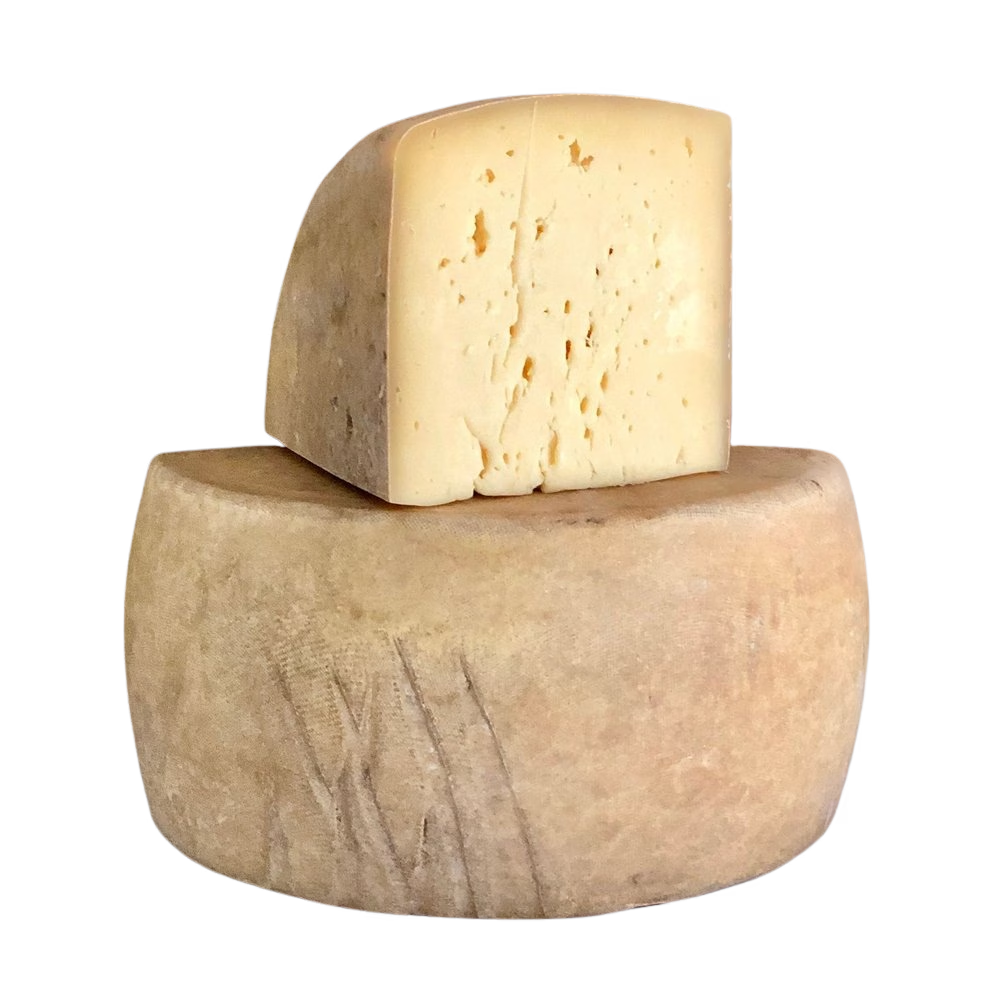
This cider-washed raw cow’s milk cheese is firm and aromatic, with a fruity tang and a dense, toothsome bite. Its simultaneous saltiness and creaminess are begging to be made into a luxurious mac and cheese or grilled cheese. The Les Darons blend from southern France—mostly Grenache with a splash of Syrah and Carignan—brought stewed red fruit, soft tannins, and a hint of spice that mirrored the cheese’s complexity and cider-washed notes.
Final Rinds
Washed rind cheeses might bring the funk, but the right wine can turn even the boldest bite into a balanced, compelling experience. Whether you’re exploring soft and savory or firm and fruity, don’t shy away from these expressive cheeses—just be sure to pour something that can keep pace.



